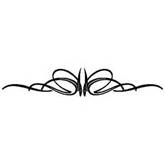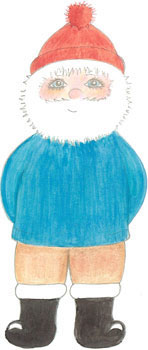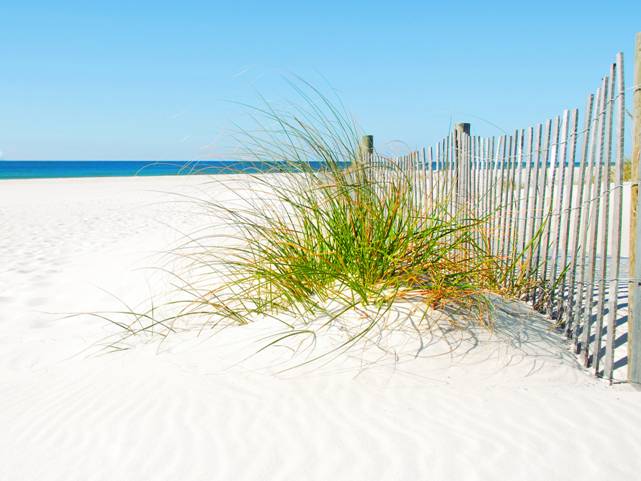
Salty Sam’s Fun Blog for Children
Number 558
Grass
Hello Everyone
What do you call a cow that eats your grass?
A lawn moo-er!
Well, my Auntie Alice doesn’t have any animals helping mow the grass in her garden; she has to use a lawnmower – but the first lawnmowers were actually animals, and the best ones to use were sheep. They are very good at nibbling short grass and making it even shorter.
Auntie Alice does have some very nice lawns around her cottage, but she is leaving other patches of grass to grow long because it is good for wildlife to live in – and also it means less work for her.
Some areas of the world have miles of grassland, and in other places grass grows in patches of ground between trees in a forest.
The original meaning of the word lawn was a clearing between trees or scrub. The word we use for a place like this today is glade.
The first lawns cultivated by people in Europe were around castles and then around large houses. Lawns do well in a damp climate; otherwise sprinklers have to be constantly used.
For hundreds of years only the wealthy had lawns.
Cottagers would use their garden for growing vegetables and herbs to eat or use as medicine; and maybe they would have a few flowers mixed in as companion planting. They might also keep a few animals like pigs and chickens. The main use for any land they had was for producing food.
Lawns were to feature as an important part of the evolution of garden design.
Large gardens with lawns, flower beds and knot gardens were popular with rich people in the 1500s and 1600s, and then in the 1700s people who had large estates decided that designed and cultivated gardens around their houses weren’t enough; they were going to go big time!
They started designing whole landscapes around their houses – or rather employed expert designers to do it for them.
These landscapes could stretch for miles, and provided large vistas to view from the house and also whilst out walking or riding.
To make these artificial landscapes really made them feel as though they had dominion over their land.
This new fashion was called the Landscape Movement and one of the most famous designers was called Capability Brown.
He designed rolling pastures dotted with groups of stately trees. There were follies, hand-dug meandering rivers and lakes with small bridges traversing (crossing) them. And there were immense views from every angle.
The design for modern public parks was born.
Garden parties were held by the house owner with hundreds of people invited. Walking on a lawn was like walking on an outside carpet.
lt was much more comfortable to walk on a flat lawn than rough grass.
Roaming herds of sheep and deer kept the grass in check. There were short lawns immediately around the house and these were cut by a man with a scythe.
He would start work at dawn so that the morning dew would lubricate the blade of his scythe and as the day wore on he would need to sharpen the blade several times an hour with a sharpening stone he carried with him in a pouch on his belt.
The tiny grass clippings were swept up with a broom and collected into baskets by women following behind. People still use brooms and rakes to tidy their lawns today.
The sheep were kept away from the house by using a ha-ha.
This was a drop in the land around the lawns that lead up to the house. The drop was shored up by a stone wall. The sheep couldn’t climb up the wall but because the wall could not be seen from the house, the view was not blocked by it.
ln the 1820s, Edwin Beard Budding, who was working in the wool trade, observed a machine in a factory he visited that sheared uneven nap (bobbles) off the surface of cloth as it was being woven to give it a flat finish.
The machine had several blades on a roller.
He started thinking outside the box, and came up with the idea of using this kind of machine to cut grass.
The first lawnmower was born!
He went into partnership with an engineer called John Ferrabee and eventually together they made mowers to sell in a factory near Stroud.
The mower was pulled from the front by one person and guided from the back by another. At first, he wanted to keep the idea a secret so he tested it at night on his own lawn. But the mechanics of it were so noisy that the neighbours complained!
ln 1830, the machine was patented, and by the end of the century it was affordable enough for the masses to buy.
From then on, the person at the front was replaced by a pony or a donkey, but in order to stop hoof marks being left in the lawn, the animals had to wear short, leather boots to cover their feet. They had to be made especially for a particular animal so they would fit perfectly; just like horseshoes are, there was a pair for the front feet and a pair for the back.
London Zoo used a camel pull their mower, because camels have soft, padded feet anyway. But of course not many other people in England had their own camel!
The first steam-powered mower was patented by James Sumner in 1893.
lmmaculate lawns around houses in the late Victorian period were very popular. They gave an impression of a clean, well-ordered house in very respect. ‘Cleanliness was next to Godliness’ and so was to be admired.
Lawn sports became very popular for people entertaining their friends from the Victorian Era onwards.
Croquet was the most widely-played sport of the Victorian Era because it gave men and women a chance to play on an equal footing – and socialize as well.
Smaller, lighter hand-pushed machines were later developed and gardeners could cut small areas of grass between flower beds planted up with a profusion of colourful flowers. These were very popular in Victorian times and beyond.
This kind of formal garden was popular all through the 20th century and lawns became popular in smaller, middle-class, suburban gardens too.
These kinds of lawns are called ornamental lawns.
But the great gardens of large estates largely fell into disrepair when the gardeners were called into service during the two wars in the first half of the 20th century. Many of them were sadly never to return.
After the Second World War, there was a spurt in building new homes and many suburbs sprawled out from the centre of cities. These suburban houses had gardens and it was a weekend job to keep them tidy, colourful and attractive.
Mowers became lighter and easier to use in the decades that followed.
People who love to tend their lawn and make it look the best it can be, will create sharp edges by using a blade called a lawn edger and stripes can be created by adding a roller to the mower so that the grass is pushed down in one direction. As the gardener walks up and down the grass is pushed down in different directions creating a striped pattern.
Stripes in a lawn make it look extremely smart.
You can buy different kinds of grass seed to grow a lawn. You need a fine kind of grass to create a fine lawn, but you need tougher grasses for lawns to get a lot of wear – like when children play on them.
You can get other plants growing in a lawn to like trefoil, daisies, dandelions and clover. Some people think of them as weeds and try to get rid of them, and others think they are a pretty addition to the grass. One thing is for sure; the bees love these flowers.
Lawns grow more quickly when it rains a lot, and can become very brown in the summer if it has not rained for a long time. The grass looks dead, but as long as the roots are still alive, it will grow back once watered. lf you need to conserve water in a long spell of dry weather, it is best to recycle your bath water to water your vegetables rather than the lawn.
Some lawns aren’t made out of grass at all. They are planted up with other plants altogether, like for example: camomile, thyme or creeping jenny. These plants are used because they never grow very high.
Lawns can be created by sowing seed or laying turf which is delivered in sections and rolled out like a carpet.
Using seed is cheaper and laying turf is quicker. Fertilizer will make a lawn greener.
Some lawns are kept to be very flat because people want to play sport on them like bowls, cricket, tennis, croquet, polo, golf or football. The people who maintain these greens are called green keepers and you can take lessons and pass exams to get a qualification in greenkeeping – and a certificate when you learn to be a green keeper.
Cricket and bowls have been played for over 700 years at least.
When people emigrated to the Americas in large numbers, they took grass seed with them so that lawns could be grown around houses there too, and sports pitches could also be set up. Grass seed was imported to plant pasture too. lt produced a better quality feed for their animals than the grass that was already there.
Grass seed was exported from Europe to make garden lawns in Australia and other colonies too.
People nowadays who cut grass in very large gardens or parks, will need very large mowers to get the job done. They could be sit-on mowers or a set of blades pulled behind a tractor.
Up until the middle of the 1900s, mowers had to be pulled or pushed, and it could be physically quite hard work.
Then came the invention of the petrol mower and the electric mower and the strimmer and weekends in suburbia became much noisier.
Bye bye everyone – don’t forget to subscribe to my blog!
Love and kisses
Salty Sam

www.christina-sinclair.com


Bill and Bob’s Joke of the Week![]()
![]()
Bob: What did the cow say to the snowman?
Bill: l don’t know. What did the cow say to the snowman?
Bob: What have you done with all the grass?

Salty Sam © Christina Sinclair 2015
Unauthorized use and/or duplication of material from this blog without express and written permission from this blog’s author and owner is strictly prohibited.
Links may be used to www.christina-sinclair.com

Picture Gallery

Tea on the lawn
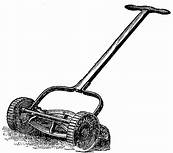
A push mower from the mid 20th century
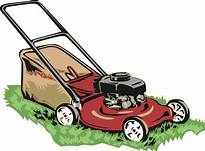
A modern lawnmower with a bag to collect clippings
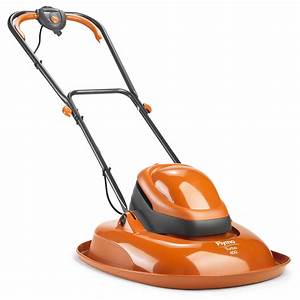
When the flymo was first invented
it was made out of the same material as police riot shields
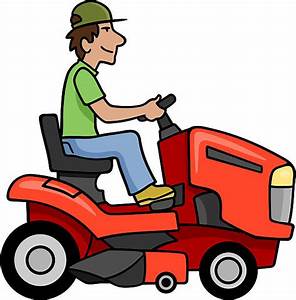
A sit-on mower
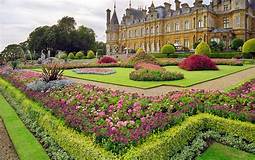
Ornamental lawns and flower beds
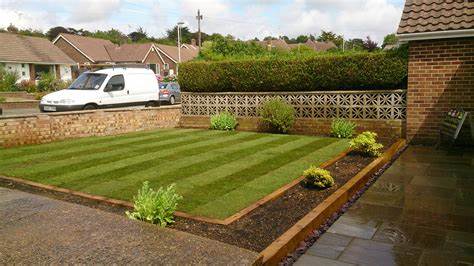
A lawn in suburbia

Short grass of a lawn
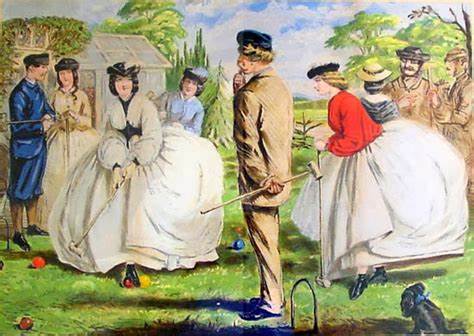
Croquet

Bowls

You need short grass for some games like bowls
(A bowling green)

Long grass can be good for wildlife
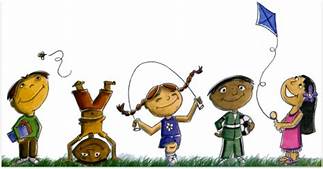
Playing outside


 THE SALTY SAM NEWS DESK
THE SALTY SAM NEWS DESK

This week, my Auntie Alice starting putting her garden ‘to bed for the winter’.
Lots of people who grow tall, ornamental grasses don’t tidy them away in the autumn because they like to see the dew and frost on the seed heads and the low winter light shimmering through their stalks. There are other plants that have an interesting structure after their stalks have gone dry and brown which gardeners leave standing through the winter too.

But there are plenty of other plants that need to be tidied up and put on the compost heap. It gets well-stocked this time of year.
There are also roots crops to be harvested and any herbs that will not make it through the winter have to be harvested too – or if they are grown in pots they can be saved by being put in a greenhouse.

Auntie Alice will be harvesting crops all through the winter from her greenhouses because of careful forward planning, but some of the herbs growing outside had to be taken into store.
Some could be tied into bunches and air-dried and the ones with softer leaves she put into ice cube trays to freeze.
Once frozen into tiny blocks, they can be put into bags and taken out as individual portions to be used in herb teas or casseroles.
If you are growing herbs in your garden, you really need to get to them before the frosts do!
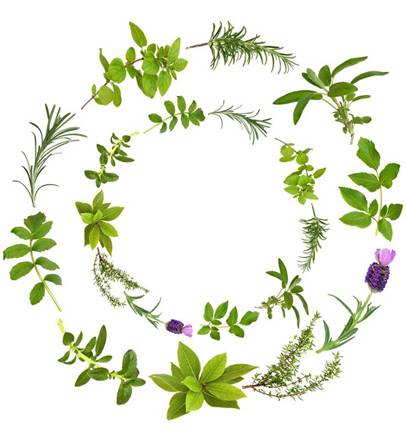
Do you ever help with the housework?
Can you work out what these household tasks are?
- V _ _ _ _ _ _ _ g the f _ _ _ _ s
- C _ _ _ _ _ _ g the w _ _ _ _ _ s
- D _ _ _ g the w _ _ _ _ _ g
- H _ _ _ _ _ g out the w _ _ _ _ _ g
- D _ _ _ g the w _ _ _ _ _ g up
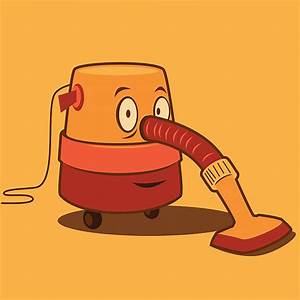

*********************
*********************

 Quick Quiz
Quick Quiz
Traditionally, where are these dishes originally from?
- spaghetti
- sauerkraut
- curry
- tacos
- stroganoff
- sushi
- haggis
- goulash
- coq au vin
- paella

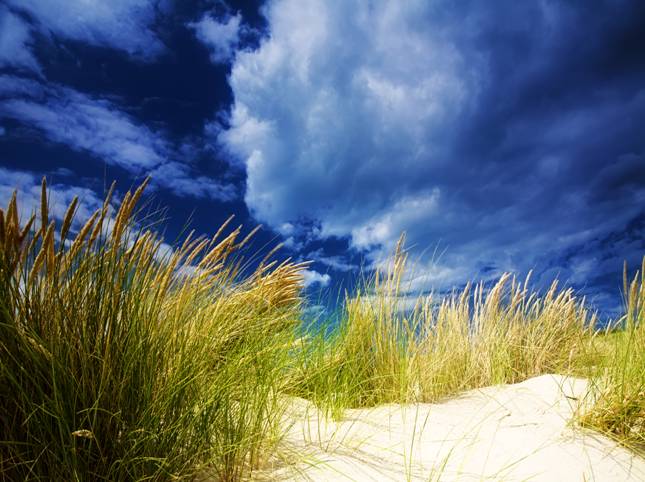


lt’s the Weekend!

HOW TO MAKE A FLOATY GHOST
Well, I expect you will be planning your Halloween party for Friday.
You will need some decorations!
Here is an idea.
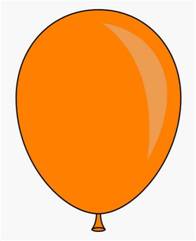
- Blow up a balloon and set it on the top of a large, glass jar.
- Cover the balloon with some white gauze or cheesecloth and use PVA glue to stiffen the gauze and make the curved top of the ghost’s head.
- Once the glue is dry you can draw on a face with black felt tip pen.
- Pop the balloon and you will have a floaty ghost to hang up.
- Sew a thread into the top so that you can hang it up

Please note that the material on this blog is for personal use and for use in classrooms only.
It is a copyright infringement and, therefore, illegal under international law to sell items made with these patterns.
Use of the toys and projects is at your own risk.
©Christina Sinclair Designs 2015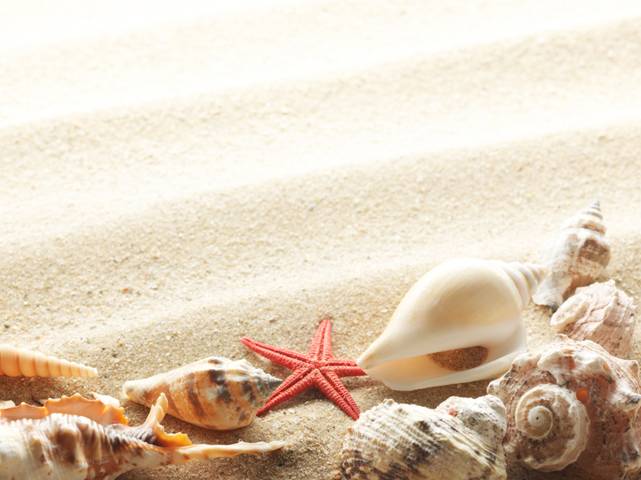

Answers to the News Desk Quiz
- Vacuuming the floors
- Cleaning the windows
- Doing the washing
- Hanging out the washing
- Doing the washing up



Quick Quiz Answers
- spaghetti – ltaly
- sauerkraut – Germany
- curry – lndia
- tacos – Mexico
- stroganoff – Russia
- sushi – Japan
- haggis – Scotland
- goulash – Hungary
- coq au vin – France
- paella – Spain

Haggis
